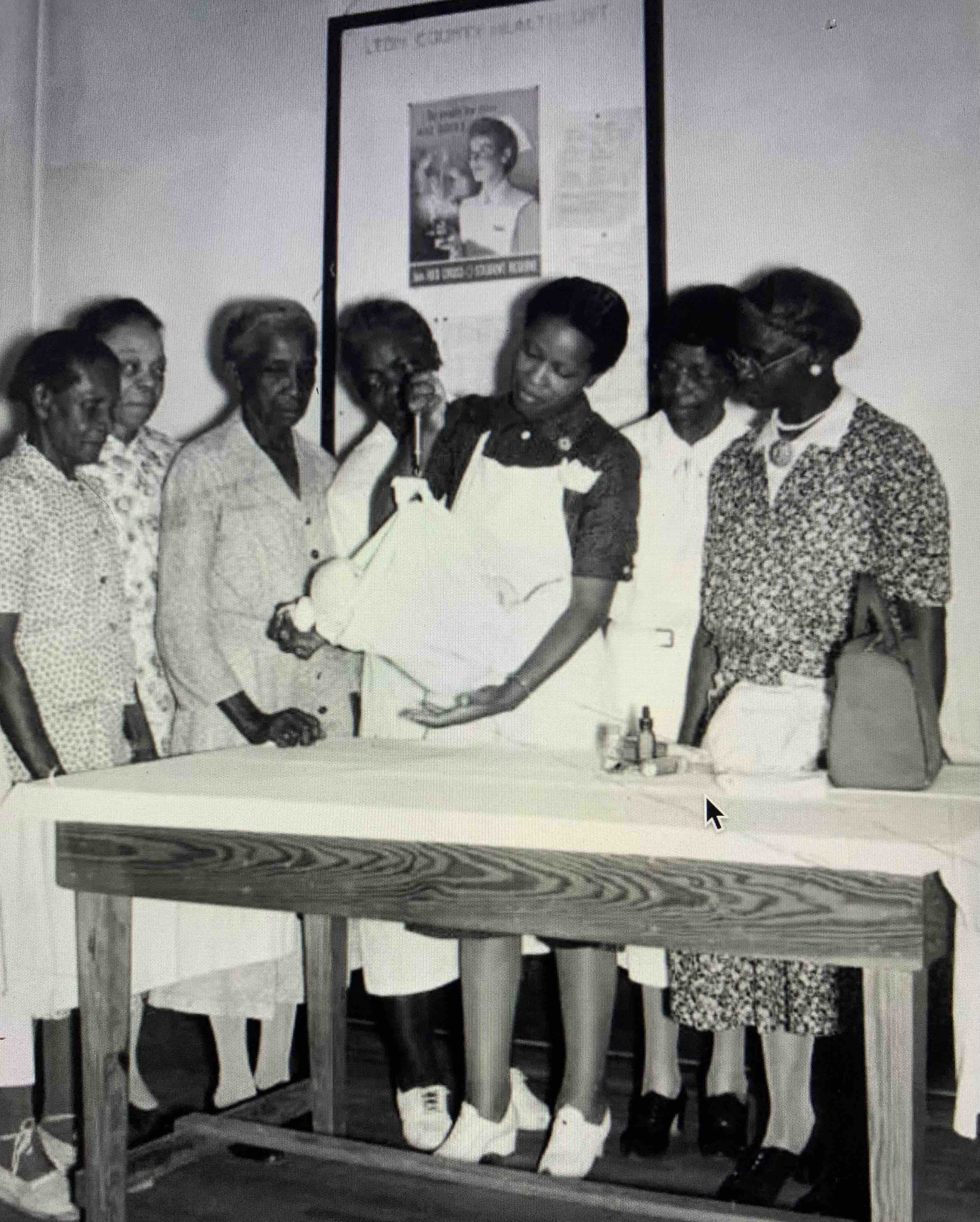President’s Message
February 2022

I’ve always been fascinated by Black History Month. It was never clear to me why we celebrated Black Americans in the month of February as opposed to any other month. To refresh our memories, or in my case, learn something new, here is a quick look the origins of the event. Black History Month was the result of a campaign in 1926 by Carter G. Woodson, a distinguished Black historian, scholar, educator and publisher. Woodson lobbied schools and organizations to participate in a special program to encourage the study of African American history, which began in February 1926 with “Negro History Week”.
Dr. Woodson, known for his efforts to have Black history taught in schools across the U.S., wrote over a dozen books during his career, most notably, Mis-Education of the Negro in 1933. Dr. Woodson established the scholarly publication Journal of Negro History in 1916, and the Negro History Bulletin in 1937 to help teachers with African American studies. His efforts to include Black history are particularly relevant today as school boards in the U.S. grapple with calls to remove content related to "critical race theory", which is rarely taught, and ban books like To Kill a Mockingbird from secondary schools. So, 100 years after Woodson’s campaign, we are debating teaching information about the history of African Americans in schools. But I digress. Black History Month became a month-long celebration in 1976. Although some have criticized Woodson for selecting February for a month-long celebration (since it is the shortest month), it was chosen because Frederick Douglass and Abraham Lincoln were born in February.
For historians of nursing and health care, discovering and writing about the contributions of Black nurses is not relegated to the month of February. AAHN is currently engaged in efforts to support research related to Black nurses who have been overlooked yet have made contributions to the profession. Examples include the 2021 Eleanor Crowder Bjoring H-21 grant, awarded to Dr. Sandy Lewenson for her project titled, “Bernardine Mays Lacey’s Oral History About Diversity and Inclusion, 1932-2021: A Video” or a new section in Nursing History Review called “Hidden in Plain Sight” which highlights a wide variety of racially and ethnically diverse nurses who have previously been overlooked or ignored. Due to the efforts of our past-president, Dr. Jean Whelan, AAHN added a committee devoted to examining diversity and inclusion in our organization which is chaired by Dr. Valerie Sauda. And the AAHN Position Statement on Respect, found on our website, clearly describes our commitment to including diverse opinions and voices to the organization as well as to scholarship. In summary, it states that “AAHN is committed to ensuring that inclusion and diversity becomes and remains integrated into our organizational identity. We all share responsibility for equity and diversity - it is everybody’s everyday work.”
If you would like to join an event to celebrate Black nursing history, The Eleanor Crowder Bjoring Center for Historical Inquiry is hosting a virtual event on February 15, 2022. The event, A Virtual Roundtable on the History of Black Midwives, is from 4:00-6:00 p.m. Central Time. For Zoom details, contact the center manager at [email protected]. or find the Zoom link and password on the AAHN website under Announcements.
I hope you will join me in remembering and celebrating Black History Month.
All the best,
Melissa Sherrod
President 2020-2022
Photograph by E.S. Powell, for the South Carolina State Board of Health, circa 1940.
Courtesy of the American College of Nurse-Midwives Archives, National Library of Medicine.
|